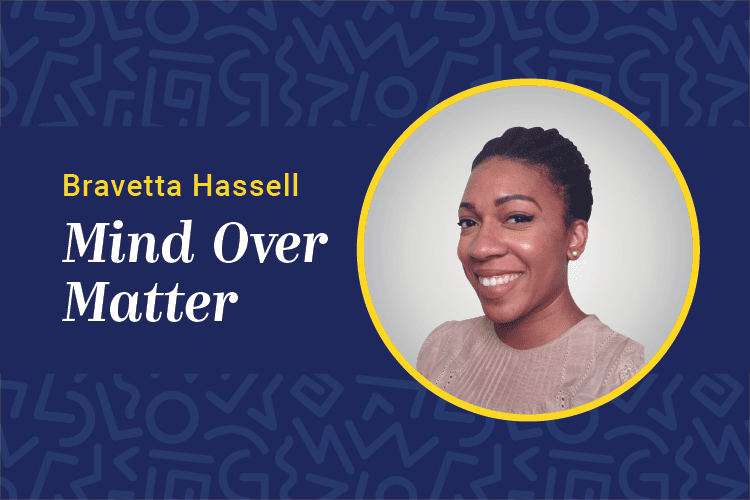Workers are living longer and retiring later. If the Great Recession put a significant dent in their nest egg, some workers aren’t retiring at all. Combine that with the crush of millennials streaming into workplaces across the country along with the Gen Xers and ultimately some Gen Zers, and companies have at least four generations on their hands. Whether companies have a strategy that’s inclusive of all groups will determine if those companies can realize the benefits in multigenerational diversity.
Before learning leaders think too long or hard about employee groups as distinct entities—- four generations of experiences, expectations, values and priorities to consider — it’s important to remember what the groups have in common: their job attitudes.
Of course, there are slight differences, UNC Kenan-Flagler Business School Program Director Dan Bursch wrote in the 2014 white paper “Managing a Multigenerational Workplace,” but the assumptions about the generational groups are often overstated. Accordingly, companies that use talent strategies to focus on engaging only specific generational group, or use none at all, are missing out, said Jackie Breslin, director of human capital services at human resources product and service provider TriNet.
“We’re in a unique period of time where many generations are working together, each of them bringing something unique to the table,” she said. “To not accept that and embrace it and figure out how to make the most of it, businesses will be left behind.”
Breslin offered a few recommendations on how companies can begin engaging employees of all ages to benefit from the diverse perspectives different generations bring to the workplace as well as, prevent a skills shortage, conflicts and structural breakdown.
As part of their strategy, Breslin said learning leaders will want to:
Learn to nurture different types of employees: Set individual employees’ desired development goals as a top priority.
Adjust to an influx of millennial-aged managers: New generation management styles may be different from their predecessors. Breslin said employers should adapt and provide learning and development when needed.
Teach millennial-aged leaders how to manage a multigenerational team: Promote the importance of inclusion among new managers who should respect direct reports for what they bring to a team.
Learning leaders can only take these types of steps if they understand employees’ needs, interests and concerns. Breslin said employee engagement surveys are one way to give everyone space to share their perspective on the effectiveness of the company’s various strategies. For instance, when it comes to communication, it might not be the best way to reach everyone with organizationwide emails — and that’s not a generational thing.
In his paper, Bursch cites an AARP report that includes several ways businesses win when they address multigenerational issues including: an improved corporate culture, increased competitiveness, more effective recruitment and improved employee engagement, morale and retention.
This isn’t about designing specific strategies to reach specific groups, Breslin said, but about creating an approach to employee engagement that reaches all people — regardless of age — because its shaped by their diverse voices.
Bravetta Hassell is a Chief Learning Officer associate editor. Comment below, or email editor@clomedia.com.












